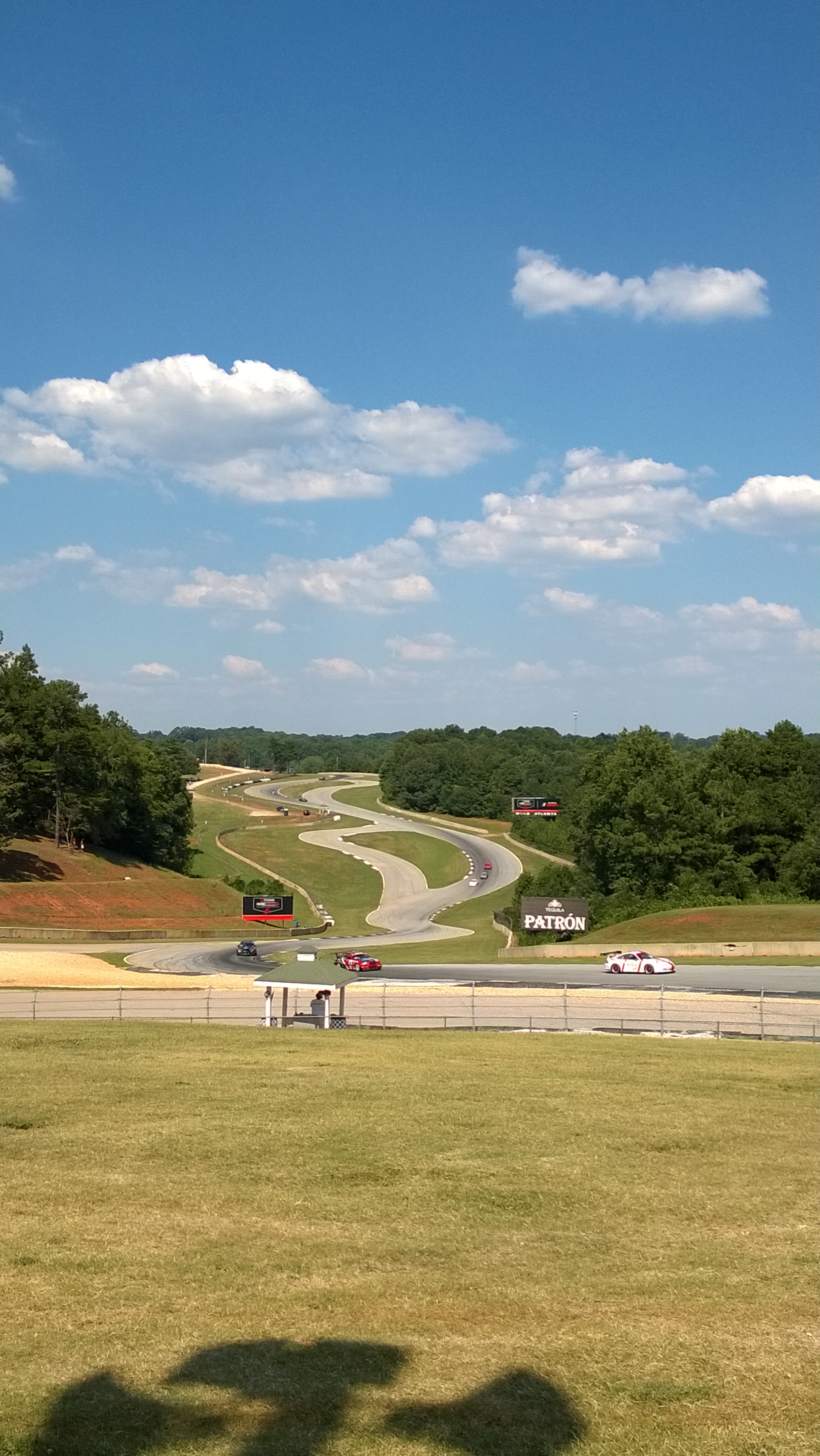 Today was interesting. I woke up pretty jacked about making a big jump in a personal best lap time and my goal was just to continue being able to get low 1:20 and high 1:19 lap times, with this new found level of performance. At first, everything started as normal, with pretty easily being able to get into the 1:21’s but then something strange happened. I could not get under 1:20.368. In fact, once I got that lap time, I could barely even get close to that lap time.
Today was interesting. I woke up pretty jacked about making a big jump in a personal best lap time and my goal was just to continue being able to get low 1:20 and high 1:19 lap times, with this new found level of performance. At first, everything started as normal, with pretty easily being able to get into the 1:21’s but then something strange happened. I could not get under 1:20.368. In fact, once I got that lap time, I could barely even get close to that lap time.
Frustrated but not deterred, I came off the track and checked the setup. All looked good and I went back out to run a stint until I ran out of gas. 18 laps later and mostly 1:21 lap times, I had an off and decided to call it a day.
What the crap is going on?
I immediately went into the Virtual Racing School console to see what was going on? What was I doing that caused me to completely lose the progress I had been making the past several days? Was it a learning too much, too fast, hangover? Was I feeling under the weather?
The weather! It took me several minutes but I eventually noticed this below. I had been using iRacing with the default ‘dynamic weather’ setting, in the ‘on’ position. I don’t know exactly how they decided to set the weather and track state but this session ended up being a warmer session, with the track temperature being 8 degrees warmer.

The impact of weather conditions on performance
For most cars and tire compounds, especially high performance or racing tires, we know it can be too cold. Too cold not only does not let the tires come up to temperature and become that nice, somewhat sticky and tar-like look and feel but it can also make the tire rubber compound brittle. e.g. negative traction.
But it apparently can also be too hot or maybe not too hot yet, but at least there is an inverse relationship at some point, between heat and grip. Similar to like when you accidentally light up the tires or lock them up, the tires get over-heated and need some time to cool down before the expected grip returns, apparently, higher ambient air temps and track temps, have an impact on tire grip and I imagine, engine performance and thus, power output. Engines want cool, dense air.
So, what happened specifically?
Truth be told, I am not sure exactly yet. I don’t know how to quantify grip potential (yet) or power output (yet) in general or based on changes in track temp or ambient temp but, it appears the following happened:

- I lost time across the whole track, except 1 section (section 3).
- I lost .3 seconds in section 3, which is primarily the end of the esses and turn 6. I braked earlier, softer but wasn’t able to get back on throttle sooner. In fact, I was only able to get back on throttle later.
And this was on my best lap of the session. When I looked at a more typical lap of the session, a 1:20.652, the losses were even more pronounced.
My hypothesis is that even a 10 degree change in weather, at some point near the high end of the operating temperature of tires and engines, has an impact. I imagine that going from 50 degrees and dry to 60 degrees and dry has an impact but maybe not as big as going from 70 degrees to 80 degrees and dry.
Moving forward: Hold variables constant
Since I am focused on improving my driving as best as possible, I’m going to do something that is complete crap in the real world – I am going to establish and hold the same weather and track conditions from now on. Right now, I am trying to improve as best as I can as a driver, make changes in myself or the setup and be able to trace a connection between those changes and my performance. I’ve already tried to hold as many other variables constant by driving the same track, the same car and now, essentially the same setup. This will not be any different – I don’t want to go faster by accident because the air temp is cooler.
After this 30 days is over and possibly before hand, I’m going to turn that random selection back on so it forces me to adapt to changing conditions but for now, its time to play superhero and control the weather.

